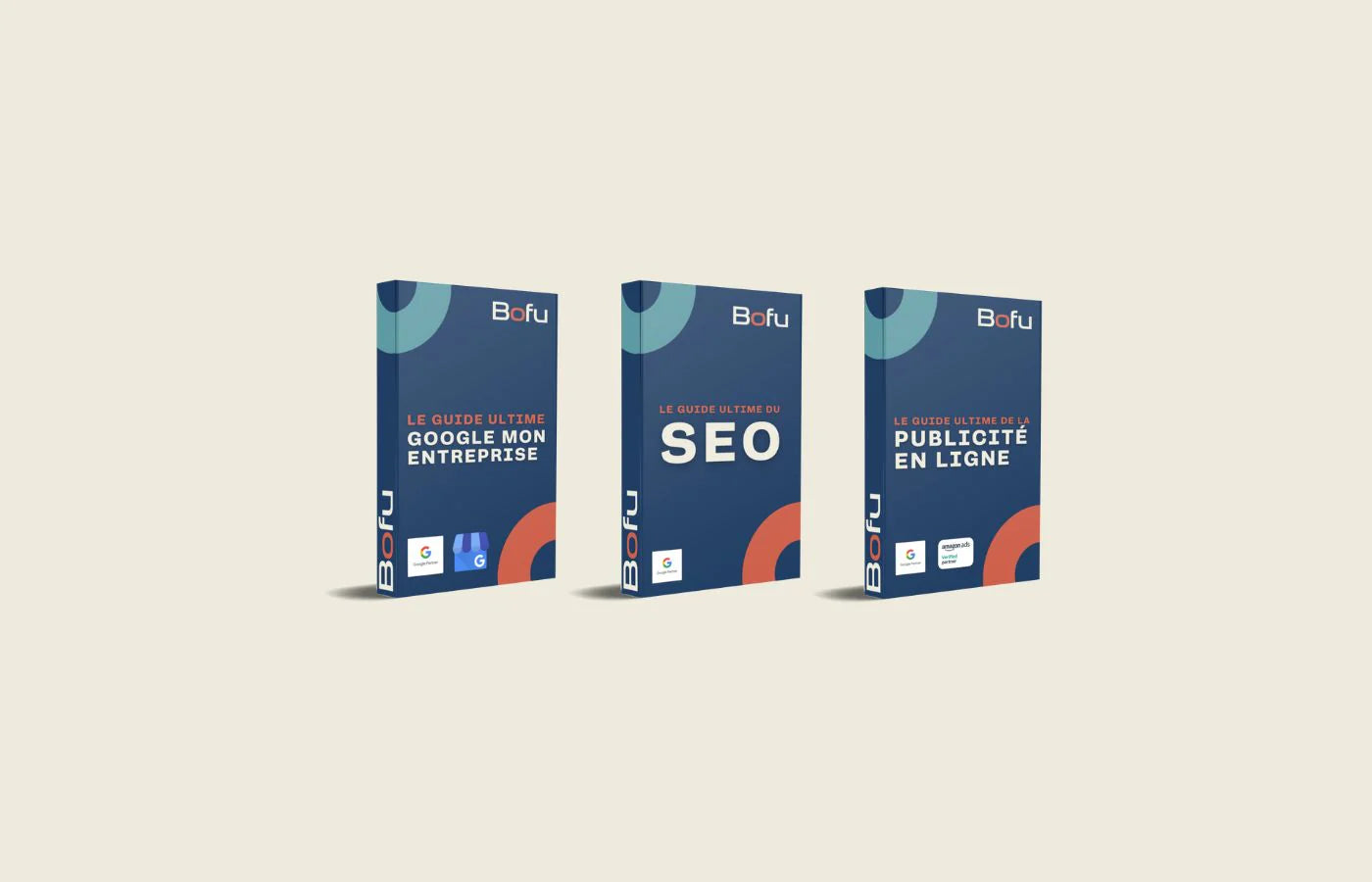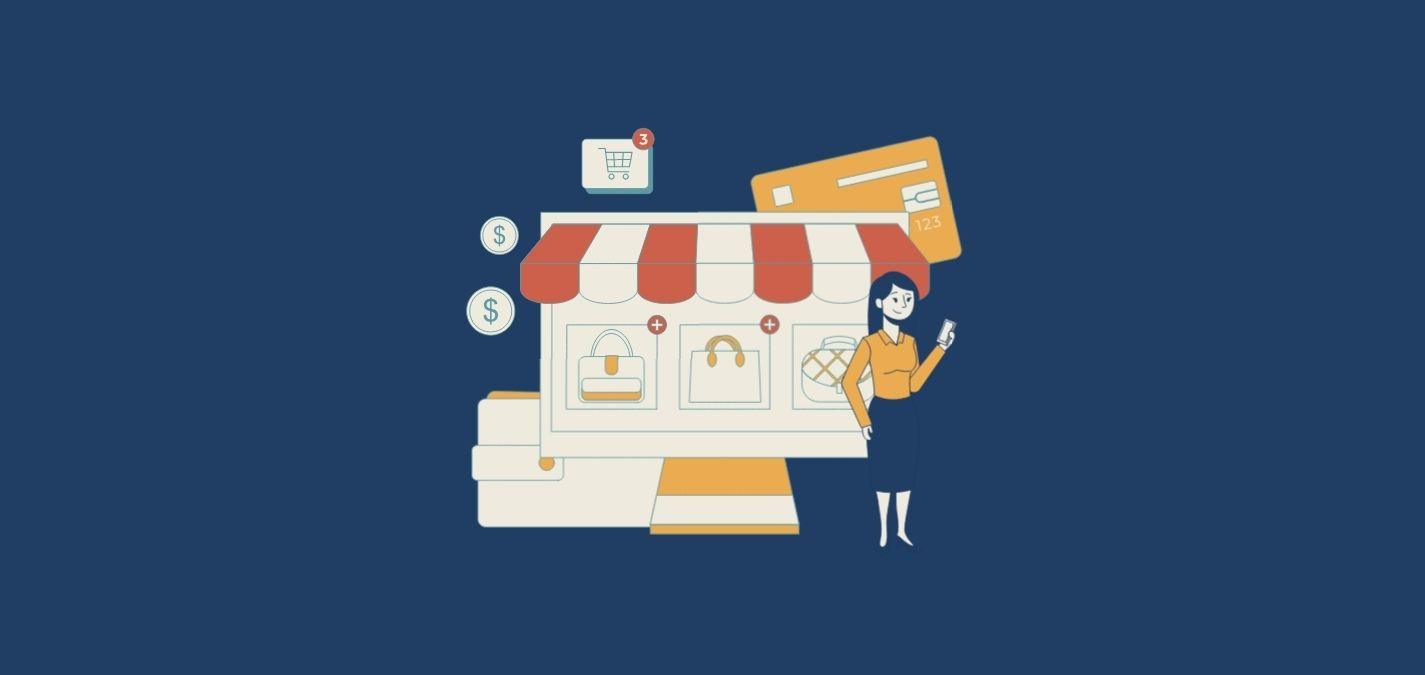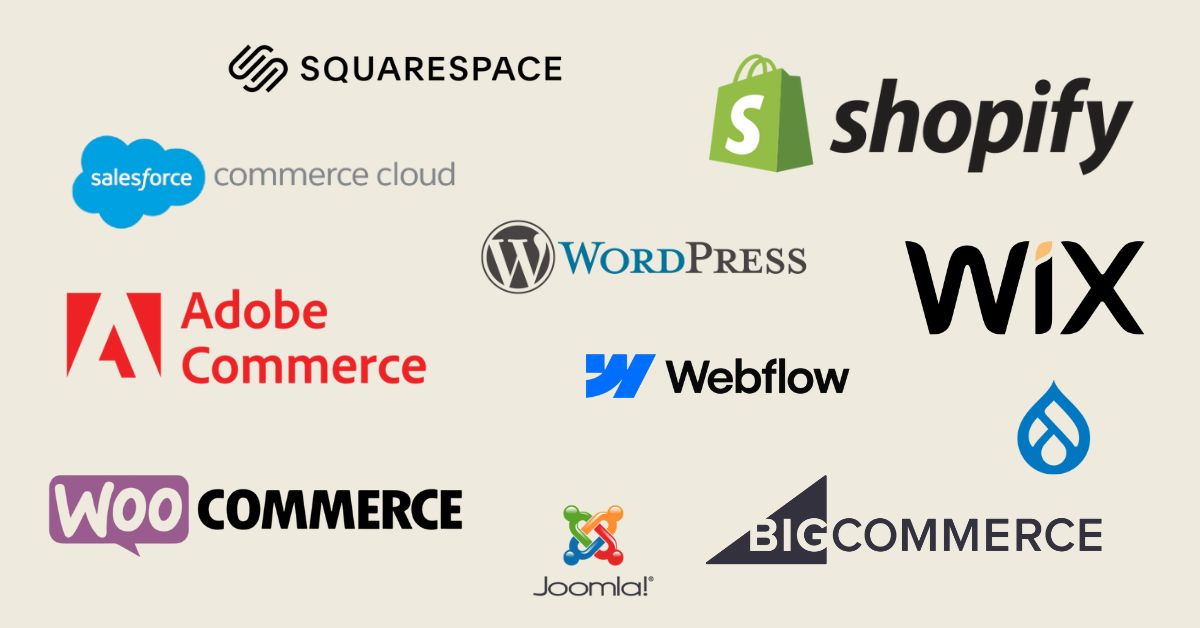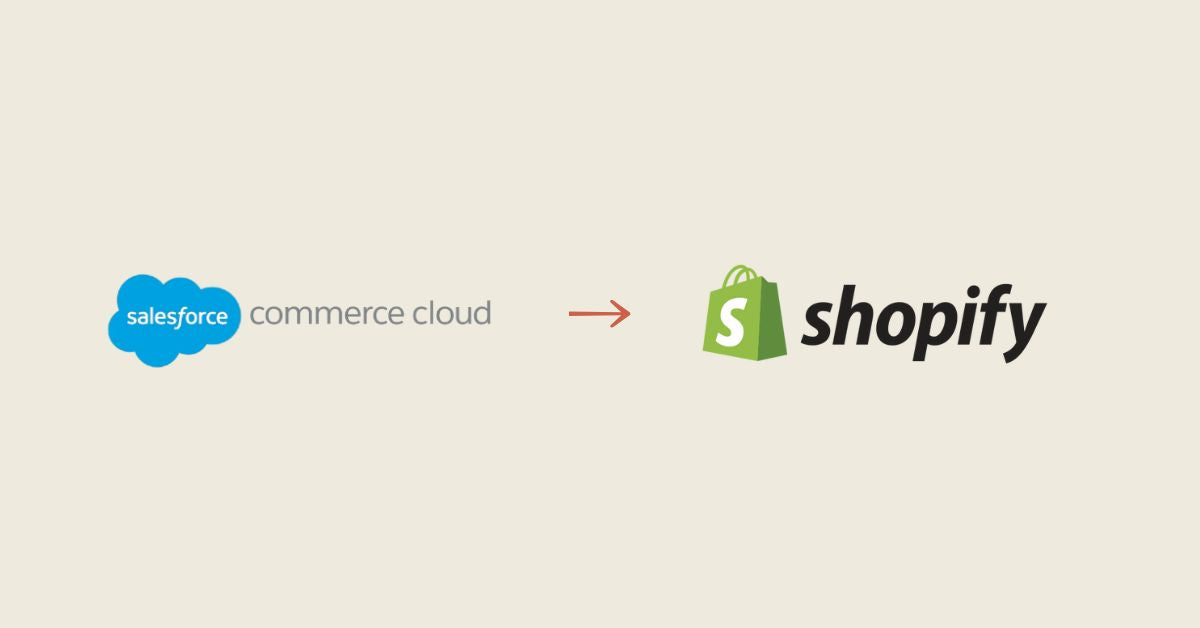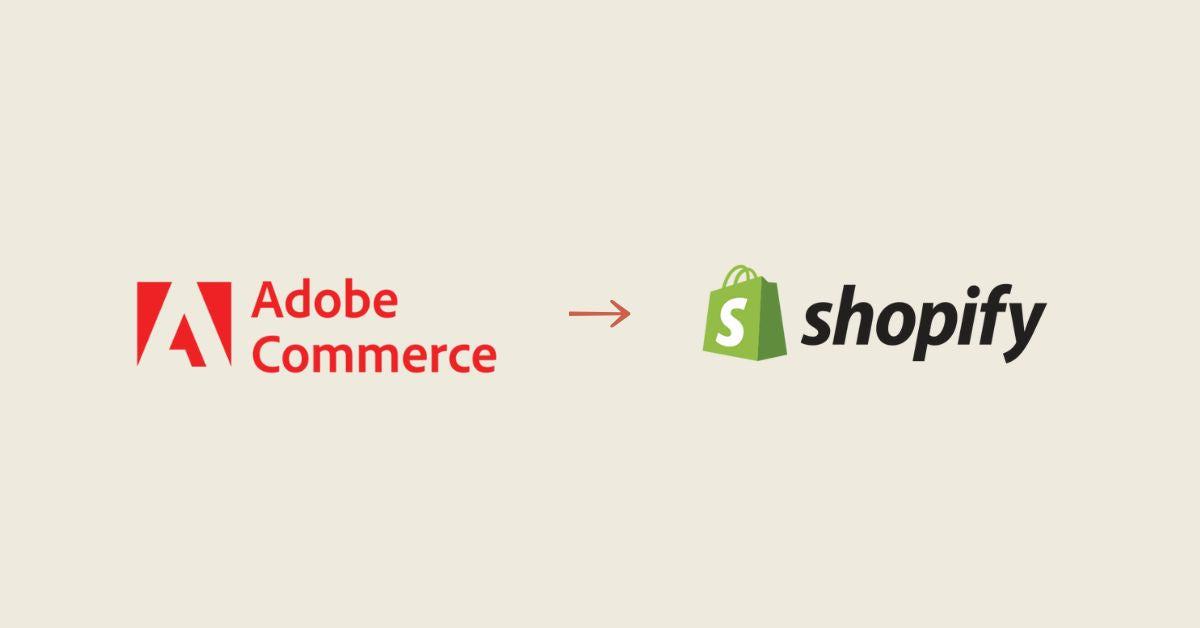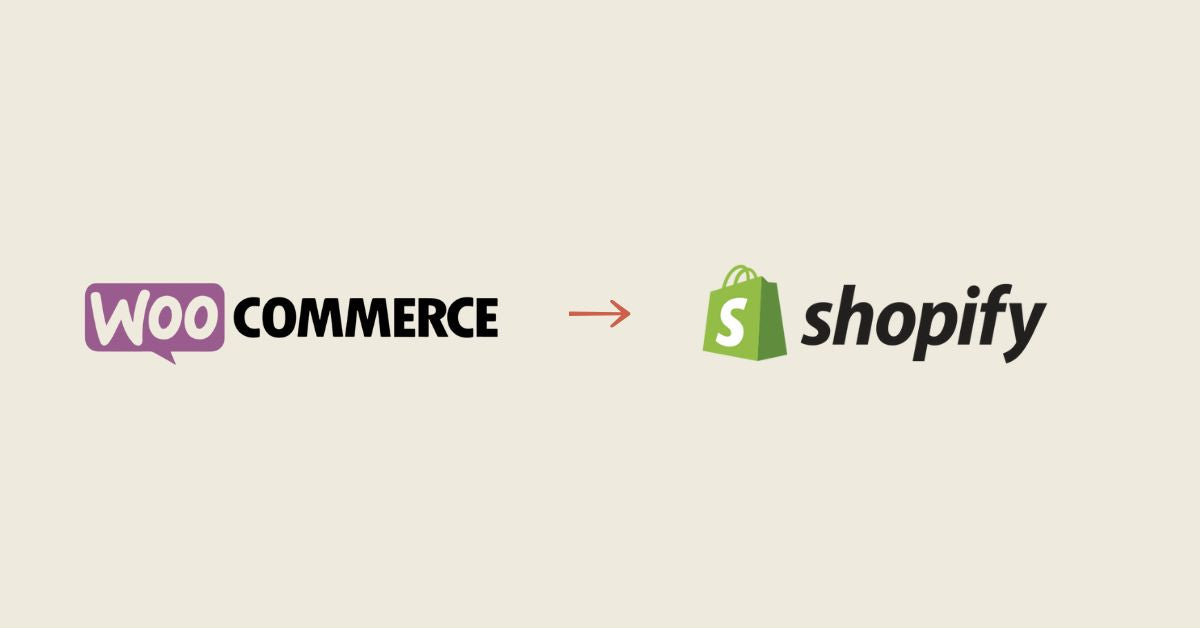Amazon is a platform that gives thousands of sellers and brands access to a massive base of customers around the world. However, the way you can sell your products on Amazon varies based on two main interfaces: Amazon Vendor Central and Amazon Seller Central. These two programs have significant differences in operation, costs, monitoring and revenue potential.
Who should choose what: Typical seller profiles for each platform.
Large brands and manufacturers often prefer Amazon Vendor Central because of the visibility and prestige associated with selling directly to Amazon. Small sellers and those who want to have full control over their inventory prefer Amazon Seller Central.
Amazon Seller Central
What is this?
Amazon Seller Central is a platform for individual sellers or businesses who want to sell directly to customers on Amazon. When you use Seller Central, you are considered the "seller." You control the stock, set your own prices and manage your own inventory.
Benefits:
- More control over prices and stock.
- More frequent payments.
- Open to all sellers, no invitation necessary.
Disadvantages:
- Logistics management (unless using Fulfillment by Amazon).
- Fees associated with FBA if used.
- You are responsible for customer service and returns.
Cost:
Fees associated with Seller Central include a monthly subscription fee as well as a per-item selling fee.
Complete list of costs from Amazon Seller central (canada)
Control:
Sellers have full control over their inventories, pricing, and product listings. Additionally, they can choose to fulfill orders themselves or use the Fulfillment by Amazon (FBA) program.
Income:
Sellers receive payment based on the sale price of their products minus Amazon fees.
How does a merchant move from seller central to vendor central?
An exceptional seller on Seller Central may receive an invitation to join Vendor Central. It often depends on the performance, reputation and quality of the products sold. If you receive an invitation, it means Amazon sees potential in your products on a larger scale.
Amazon Vendor Central
What is this?
Amazon Vendor Central is for manufacturers and distributors who sell their products in bulk to Amazon. Here, Amazon is considered the "seller", not you.
When you sell through Amazon Vendor Central, you are selling in bulk to Amazon. Amazon sets prices and manages everything from advertising to logistics.
Benefits:
- High visibility because you are considered an official seller.
- Amazon takes care of customer service and returns.
- Ability to access more advanced advertising programs.
Disadvantages:
- Less control over prices.
- Less frequent and sometimes less predictable payments.
- Invitations only; Not everyone can become a seller on Vendor Central.
Cost:
Typically, associated costs are negotiated between Amazon and the seller. Amazon buys your products at a wholesale price and then resells them.
FBA services associated with Vendor Central:
Using FBA (Fulfillment by Amazon) with Vendor Central brings a series of benefits and services for sellers:
-
Customer service for FBA orders: Amazon provides customer service on your behalf when you sell products via FBA.
-
Global Selling: Use FBA and the tools available in your seller account to expand your business internationally.
-
Amazon Partnered Carrier Program: Amazon Partnered Carriers offer discounted rates for shipping your inventory to fulfillment centers.
-
Multi-Channel Fulfillment: Allow Amazon to fulfill orders from your own website and other channels.
-
FBA Labeling Service: Amazon will apply barcode labels to your inventory for you. Per item charges apply.
-
FBA Preparation Service: Amazon will prepare your inventory to meet FBA preparation requirements. Per item charges apply.
-
FBA Reconditioning Service: Amazon will recondition eligible FBA items returned by customers so they can be resold.
-
Inventory Placement Service: Your shipment may be split into multiple shipments going to different distribution centers. With this service, you can send all your inventory to one center, and Amazon will distribute it for you. Per item charges apply.
-
Manual Fulfillment Service: If you do not provide box contents information when shipping to FBA, Amazon will manually process your boxes at the fulfillment center. Per item charges apply.
-
Scan & Label: This service allows you to scan your products with a barcode reader, then print and apply the labels one by one.
Fees associated with FBA:
-
Processing Fees: Overview of FBA fees for order processing and related services.
-
Monthly Storage Fee: This fee is charged for all items stored in an Amazon fulfillment center.
-
Long-term storage fees: Additional fees are charged for items stored long-term.
-
Return and Disposal Fees: You can request that Amazon return or dispose of your inventory. Per item charges apply.
-
Return processing fee: A fee is charged for orders eligible for free returns.
-
Unexpected Service Fees: When inventory arrives without proper preparation or labeling, Amazon provides these services. Per item charges apply.
-
Overstocking Fee: A fee is applied if your inventory exceeds your capacity limit for a given storage type.
-
Reservation Fee: This fee is based on the requested cubic foot volume that you would pay if your request is accepted and you generate no sales during that period.
Note: Amazon regularly reviews its FBA fees. For the most up-to-date information, see FBA Fee Changes.
Tools for FBA Fees:
There are several tools available to estimate, preview and review FBA fees:
- Revenue Calculator, Fee Overview, and many other tools allow you to estimate, verify, and understand the fees associated with using FBA in detail.
Note: Lithium battery charges and special handling charges will be added where applicable.
Complete list of Amazon Vendor Central costs
Control:
Unlike Seller Central, with Vendor Central, Amazon has control over pricing and how the product is listed.
Income:
Revenue is based on wholesale terms negotiated with Amazon. Once you sell your products to Amazon, they take care of everything.
Distribution and Wholesale via Amazon:
Opting to wholesale on Amazon through Vendor Central offers the advantage of simplicity, because once the products are sold to Amazon, the platform takes care of all the logistics, from listing to after-sales service. . However, this simplicity comes at a cost, as Amazon takes a larger margin on the products sold, and the seller loses much control over the presentation and pricing of their products. It's also important to note that not all sellers can register on Vendor Central; Admission is by invitation.
See also: Amazon Ads, the complete guide
Which platform to choose?
Choosing between Amazon Seller Central and Amazon Vendor Central depends on the size of your business, your goals, your ability to manage logistics, and your preference for control versus simplicity. If you are a large brand or manufacturer, Vendor Central could be an attractive option. On the other hand, if you want to have complete control over your sales, pricing, and inventory, Seller Central is probably the best choice.
Ultimately, whether you choose Vendor Central or Seller Central (if you have a choice of course), understanding the nuances of each platform is essential to maximizing your success on Amazon.
Example of fictitious companies that use each platform.
TechGuru Ltd.: A large electronics company that sells wholesale to Amazon through Vendor Central. They appreciate Amazon’s high visibility and marketing support.
BellaMode Boutique: Small fashion business selling handmade clothing through Seller Central. They prefer to set their own prices and manage their customers directly.
Conclusion
Choose the platform that best suits your business needs.
Choosing between Amazon Vendor Central and Seller Central depends on your needs, the size of your business, and your control and logistics preferences. Be sure to weigh the pros and cons of each option.
If you want to maximize your success on Amazon, also consider working with experts like BOFU Marketing Agency. To learn more about the specifics of selling on Amazon, check out our complete guide on How to Sell on Amazon .
ACCREDITED AMAZON ADS PARTNERS: AMAZON ADS
For all businesses looking to maximize their visibility on the world's leading e-commerce platform, adopting an effective Amazon strategy is imperative. Inasmuch as As accredited Amazon Ads partners , we have the expertise to optimize your ads on Amazon, ensuring not only increased visibility but also a tangible return on investment.
At the same time, we specialize in SEO for Amazon, ensuring that your products are easily findable for potential buyers. Finally, if you are looking for complete solutions for online and retail commerce, discover our marketing solutions designed specifically for online retail businesses .
